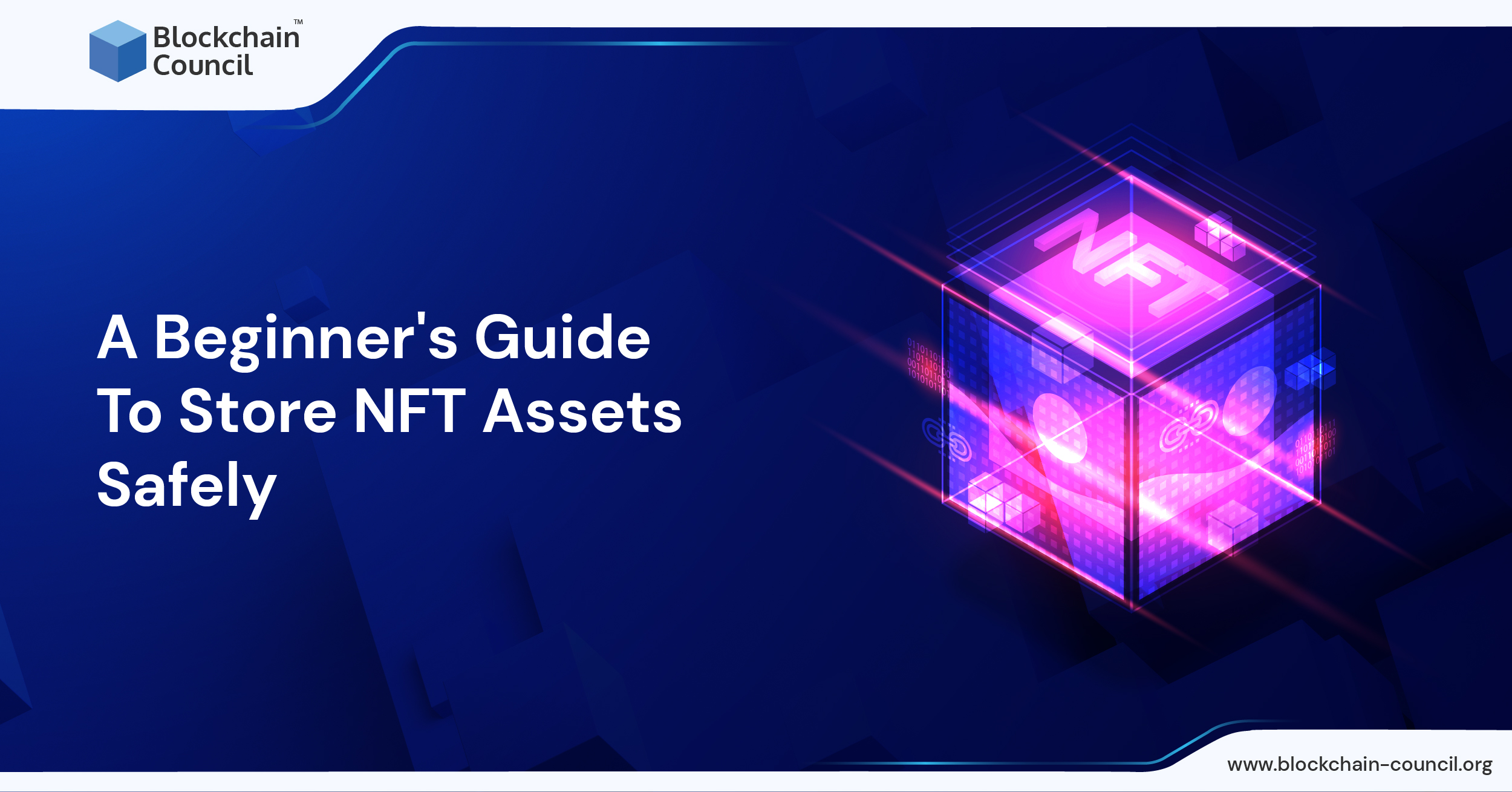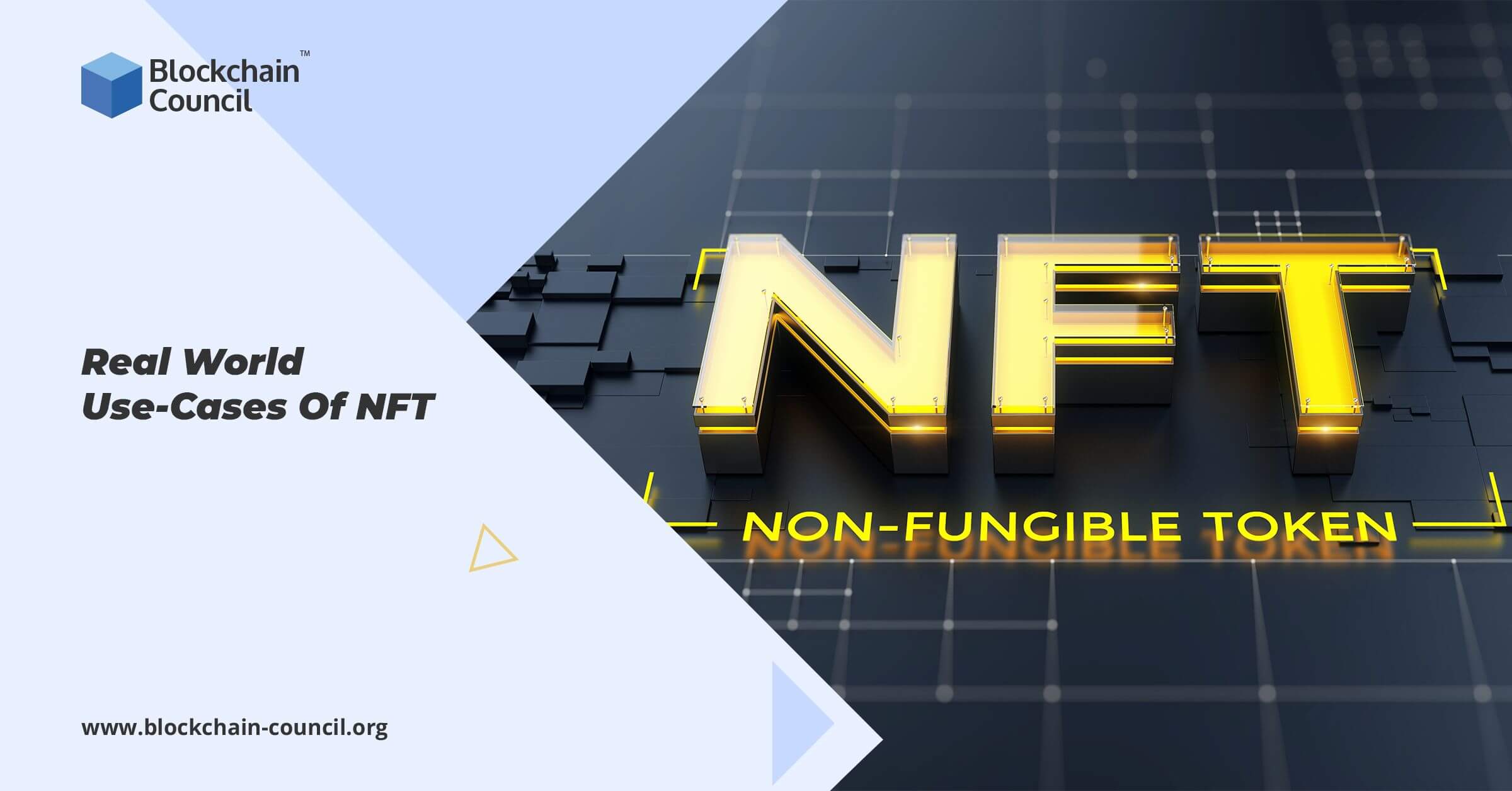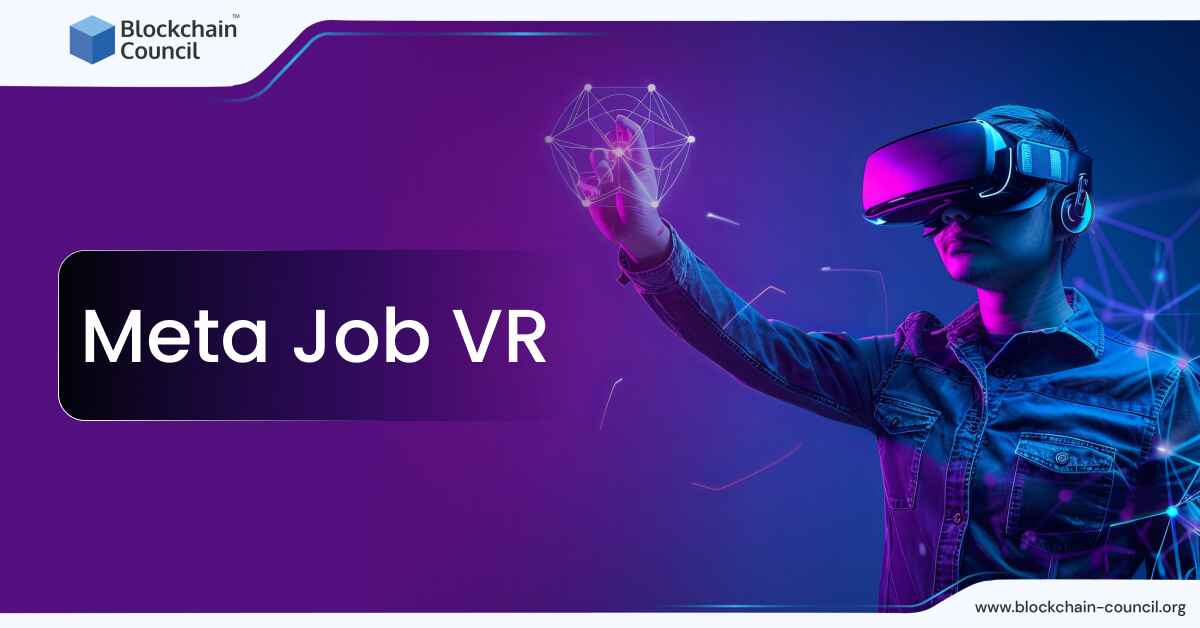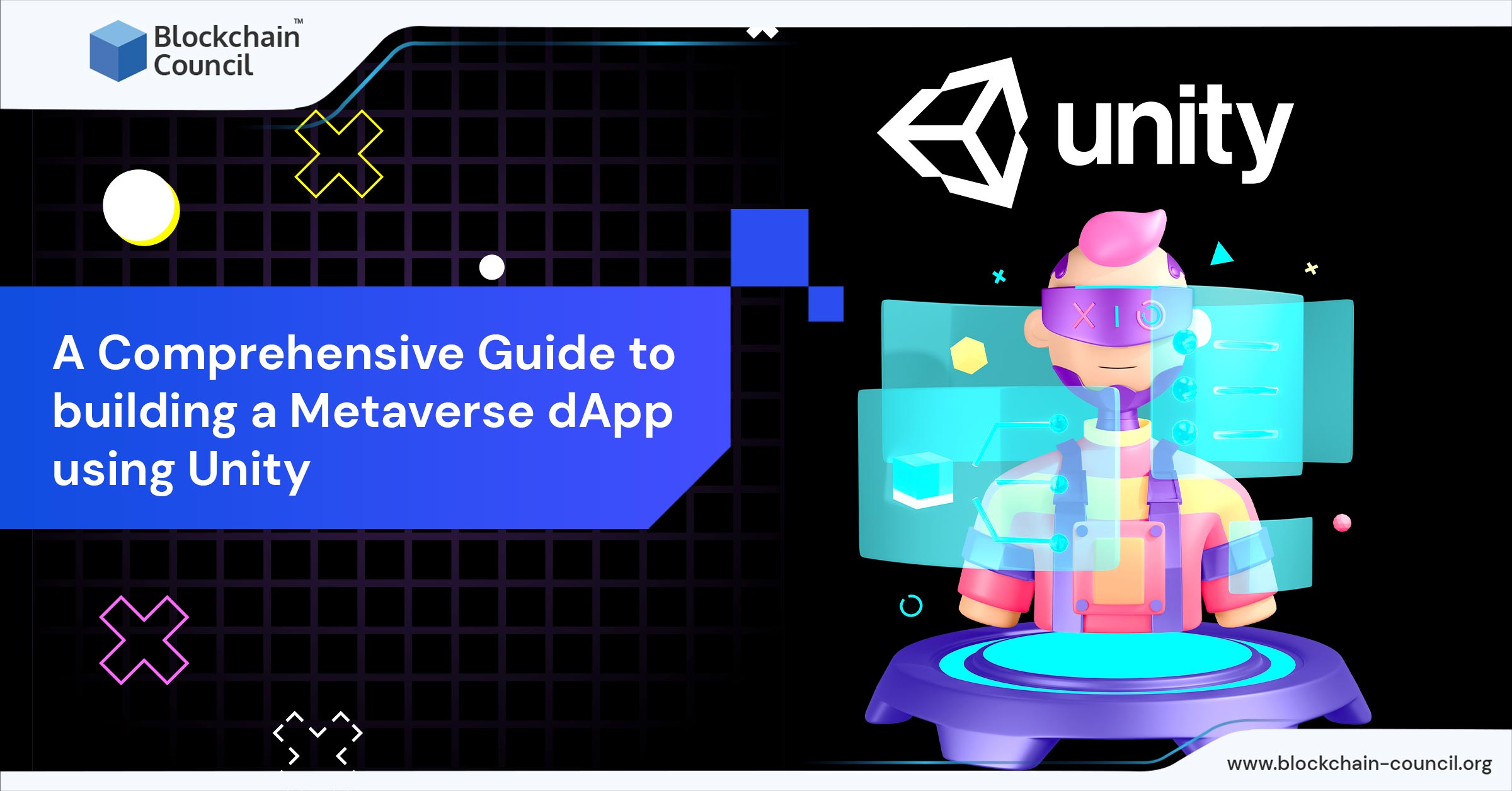
- Blockchain Council
- October 27, 2022
Web3 has gained massive popularity worldwide, eventually creating job opportunities for blockchain and web3 enthusiasts. We have your back in preparing for your next web3 job interview. Team Blockchain Council has gathered some of the best and most popular questions you might also face in your web3 interviews. Make sure you give it a read and understand the concepts to gain confidence momentarily.
Want to become a certified Web3 expert? Check out Blockchain Council’s Blockchain and Web3 Certification Courses and enroll yourself.
1. What is consensus?
Blockchain protocols use an algorithm to make decisions as a group, known as the consensus algorithm. This is a process that allows all participants in the network to agree on the next block.
2. What are the essential consensus mechanisms?
There are many different consensus mechanisms, but here are a few of the most important ones:
- Proof of Work: This is the mechanism that Bitcoin and other cryptocurrencies use. Miners compete to solve cryptographic problems, and the first to do so gets incentivized.
- Proof of Stake: In this mechanism, the amount of currency one owns determines how many votes one gets in the consensus process. Currencies like Ethereum use this.
- Delegated Proof of Stake: This is similar to Proof of Stake, but instead of all coin holders participating in the consensus process, only a subset of them do. Currencies like BitShares and Steem function on these.
3. What are the differences between Proof-of-Work & Proof-of-Stake?
When preparing for a web3 interview, knowing the differences between Proof-of-Work and Proof-of-Stake is essential.
| Proof-of-Stake | Proof-of-Work |
| Block creators are known as Validators in PoS | In PoW, block creators are known as Miners |
| A participant must own tokens or coins to become a Validator | A participant must own energy and equipment to become a miner |
| Energy efficient and Validators get a reward for receiving transactions | It consumes a lot of energy and miners also receive a reward as blocks for receiving a transaction |
Note: The difference between Proof-of-Work and Proof-of-Stake is one of the most asked questions in Web3 Interviews. Learn in-depth about blockchain consensus mechanisms. Join our Certified Blockchain Expert course today!
4. What is decentralization?
Decentralization refers to the distribution of power and authority away from a central point. In the context of Web3, this means moving away from centralized platforms like big corporations (Facebook and Google) or governments and towards a more distributed model where data is stored on individual users’ devices.
Benefits of decentralization:
- Creation of a trusted environment. All members within a network have access to identical ledgers.
- They have improved data reconciliation. The exactness between the transferred data and the source data is more accurate.
- Inconsistencies related to specific system actors, exhaustion of resources, bottlenecks, and loss of information are now much reduced.
5. What’s the difference between fungible & non-fungible tokens?
Regarding tokens, there are two main types: fungible and non-fungible.
- Fungible tokens (like cryptocurrencies BTC, ETH, etc.) are interchangeable. For example, let us say one has a bunch of tokens they want to trade for a new car. It does not matter if the tokens are all different colors or sizes as long as they are worth the same amount.
- Non-fungible tokens (NFTs), on the other hand, are unique. Each one is different from the others. So if one wanted to trade their token for a new car, the dealer would need to know precisely which token they are talking about.
6. What is the difference between coins & tokens?
There is a lot of misconception regarding the difference between coins and tokens. So let us get it straight.
Coins are the native elements of a cryptocurrency, and they are used to store data and secure transactions on a blockchain network. On the other hand, companies can create tokens to use as a transactional currency and function on any coin. For instance, ETH is the native coin for the Ethereum blockchain, and any token like USDT, stablecoins, and others can function on the Ethereum blockchain. It helps save blockchain maintenance costs, and companies are required to update their coins as per the blockchain updates.
7. What are the differences between L1 & L2 blockchain networks?
| L1 Blockchain | L2 Blockchain |
| Layer 1 offers security to your blockchain | Layer 2 provides better scalability and efficiency to your blockchain |
| It functions as the first or primary layer in your blockchain | Layer 2 functions on top of layer 2 as a secondary layer |
| Layer 1 blockchains are slow | Layer 2 blockchains are relatively faster |
| It uses Proof-of-Work and carbon footprint is comparatively larger | It uses Proof-of-Stake and offers environmental friendly operation |
8. What is the difference between Bitcoin & Ethereum?
- While both are the most popular cryptocurrencies, Bitcoin conventionally is a digital payment system alternative, while Ethereum is a platform for smart contracts.
- Bitcoin was created as a substitute for the traditional monetary system as means of commerce and wealth storage. Ethereum was created as a platform to enable programmable, immutable contracts and applications using a global virtual machine.
- Bitcoin uses Proof-of-Work consensus. Ethereum 1.0 used the Proof-of-Work mechanism, but the new Ethereum 2.0 uses Proof-of-Stake.
9. What are dApps?
In simple terms, dApps translate to decentralized applications.
When one uses any app on their phone, they are essentially using something created by a centralized authority. Their data gets stored on specific servers, and accessibility to the application is made possible only through particular platforms.
With a dApp, things are a bit different. The app is run by a network of computers rather than a single entity. And because it is decentralized, there is no one central point of failure. If the app goes down, it can be resurrected because multiple copies of the code are running on different network nodes.
Plus, because dApps are built on blockchain technology, they are secure and transparent. Everyone involved in the network can see what is happening, and no one can alter the data without the consent of everyone else in the network.
10. What is the blockchain trilemma?
Blockchain trilemma is a hypothesis or ideation that blockchain technology can only have two of the following three features:
- Security
- Scalability
- Decentralization
One can only have a blockchain that is secure and scalable or decentralized and secure, or decentralized and scalable. They should choose a combination of any two.
So why is this a problem?
Well, it’s because, right now, blockchain technology is struggling to achieve both security and scalability. Scalability is especially an issue because the more people use the blockchain, the slower it becomes. This is what is known as the network effect. Regardless though, it should be remembered that there is no fixated rule claiming that the three characteristics cannot co-exist.
Hopefully, we will see innovations in the blockchain space that will help us overcome this trilemma. In the meantime, it is something you will want to keep in mind when interviewing for a web3 position.
11. What problems do blockchains solve?
Blockchain is still a relatively new technology, so it is not familiar to the masses. But even if one is just learning about blockchains, it is essential to understand the problems they solve.
- Blockchains are distributed databases that allow for secure, transparent, and tamper-proof transactions.
- They are a way to create trust where there was none before. Blockchains can streamline processes and save businesses time and money by removing the need for a third party.
- Blockchains can also be used to create digital identities, which can be used to verify one’s identity online or track one’s medical history.
These are only some of the advantages of blockchain technology. The possibilities are endless, and the best is yet to come.
12. What problems do blockchains NOT solve?
Blockchains are unique technologies that solve some big problems, but they are not perfect. Here are a few of the things that blockchains do not solve:
- They can not stop people from lying or cheating.
- They do not always provide anonymity.
- They are not very efficient when handling humongous amounts of data.
13. What are privacy-enhanced Blockchains?
When it comes to Blockchains, privacy is a crucial topic. And there are a few different ways to enhance privacy on a Blockchain.
- One way is to use a privacy-enhanced Blockchain. These Blockchains are designed to keep track of who is doing what without revealing personal information. In other words, it is a way to keep transactions private.
- There are a few privacy-enhanced Blockchains, but all work using zero-knowledge proofs. This is a way of verifying transactions without revealing information about the participants.
It is still early days for privacy-enhanced Blockchains, but they are something to watch in the coming years.
14. What are transactions?
Transactions are secure, automated exchanges of data between two or more parties. They are used to transfer everything from money and ownership to data and information. And they are essential for powering the applications that we use every day.
Let’s take a quick look at how they work in web3. There are essentially three steps to any Web3 transaction.
- First, the transaction is broadcast to a network.
- Then, it is verified and added to a block.
- Finally, it is committed to the chain.
15. What are blocks?
Blocks are entries in a blockchain that contain data about confirmed transactions. They are linked together in a chain, hence the name blockchain. Each block contains a cryptographic hash of the previous block, which helps verify its authenticity.
That is just a high-level overview. If you want more detail, we suggest you check our Blockchain Certification Courses. It will give you a better understanding of how they work and how to use them in your applications.
16. What are smart contracts?
- Smart contracts are digital contracts executed automatically once conditions are met.
- They are self-enforcing agreements, and they are made possible by the blockchain technology that underpins web3.
- Smart contracts can be used for a whole range of things, from verifying the authenticity of documents to managing payments and even voting.
- One of the best things about smart contracts is that they are incredibly secure. Because they are based on blockchain technology, they are practically tamper-proof, which means that they can not be changed or hacked without being detected.
17. What are the main types of Blockchain Attacks?
There are mainly five types of Blockchain Attacks that have been identified to date:
- Finney attack
- Majority attack
- Race attack
- Vector76 attack
- Alternative history attack
18. What is a chain reorganization (reorg)?
A chain reorganization (reorg), is when a group of miners gets together and decides to rewrite history. They will roll back transactions that have happened in the past and replace them with new trades that they approve of. This can be dangerous for investors because their investments might suddenly disappear.
It is essential to be aware of reorgs happening in the crypto world because they can considerably impact one’s portfolio. One should always keep an eye out for any news about reorgs and be prepared to take action if necessary.
Conclusion
There you have it!
The complete set of top most asked Web3 Interview Questions. We have covered every aspect with great detail, yet keeping the answers short and crisp for your ease. Go through them carefully to ace your interview and land the ideal Web3 position you desire.
At Blockchain council, we provide certification courses curated by industry experts in alignment with recent industry and development trends. Choose amongst 40+ Web3 and Blockchain-specific courses, get certified, and accelerate your career towards Web3.





































































 Guides
Guides News
News Blockchain
Blockchain Cryptocurrency
& Digital Assets
Cryptocurrency
& Digital Assets Web3
Web3 Metaverse & NFTs
Metaverse & NFTs
